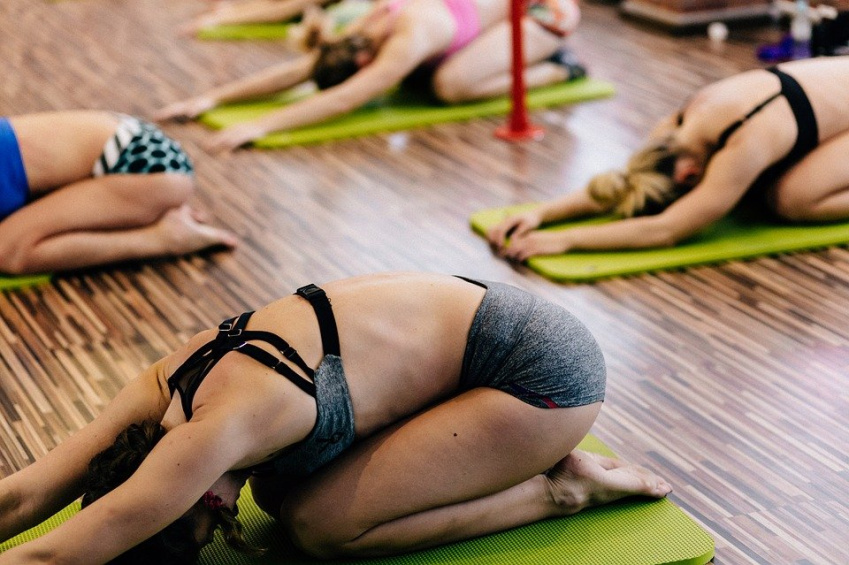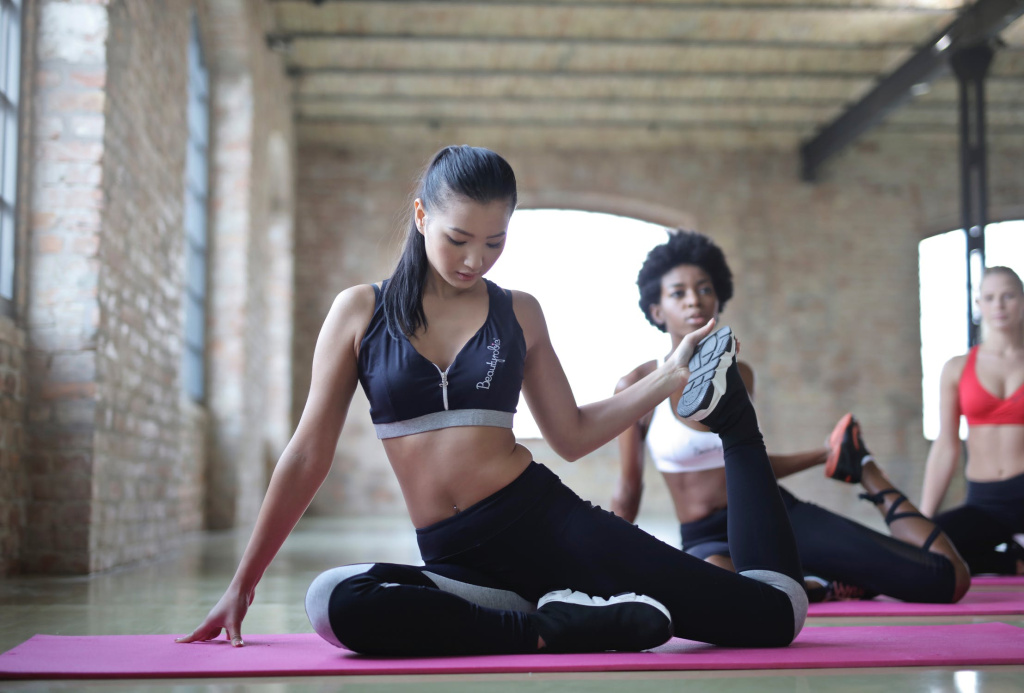As we enter the month of February and the craziness of the holidays, New Year’s resolutions and finding a new routine start to fade, it’s easy to feel overwhelmed and stressed. Perhaps you’ve fallen back into old habits, or are disappointed that you haven’t started working toward your health goals for the year. If this sounds familiar — you’re not alone!
When stress starts to creep in, I like to use these four methods to refocus and clear my mind:
Meditation/Yoga
Slowing down and taking time to connect with your mind and your breath is a great way to de-stress. Yoga helps Improve circulation, which can help reduce cortisol production (stress hormones) and ease stress-induced digestive issues. Whether it’s on your lunch break or at the end of a busy day, I highly recommend adding breathwork and mindful movements to your weekly routine to relax and restore you.
Get to the Gym!
It’s easy to stay inside in the winter when it’s cold and rainy, but we are not meant to stay cooped up. Going to the gym and getting your heart rate up will help decrease cortisol production and increase endorphins (your “feel-good” hormones). — giving your mood a natural boost and clearing your mind. Try taking a spin class or lifting weights to break a sweat and feel rejuvenated.
Journaling
Sometimes the best thing to do when we’re stressed is to write down our feelings. Maybe you feel overwhelmed, but don’t know why – so just start writing, and see what you can figure out on paper. This is a great tool to use at the end of the day, when you can reflect back on sources of stress and then let them go.
Write Down Accomplishments
My last tip is probably the most challenging, but it’s definitely worth a try. Stress makes it easy to dwell on feelings of negativity. When this cycle starts, take a time-out; find one thing you’ve accomplished that day or week, and write it down somewhere that’s easily visible. The next time you’re stressed, you can see this reminder of something positive you’ve accomplished to help ease your mind.
Try using these tips the next time you’re stressed — and remember to take care of yourself this month!





